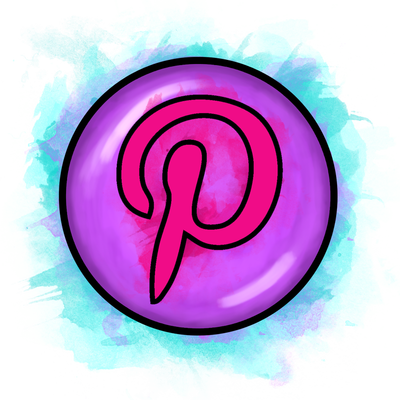- It helps embed learning as research states that each time a student applies information in a new and creative way, it is embedded further into their brain.
- It encourages healthy risk taking in your students as they have to think outside of the box to express themselves.
- It helps them discover new skills.
- It works as an excellent differentiation tool.
- Helps build collaboration with others and creates a sense of community as their work can be proudly on display for all to see.
- It's fun!
Art integration doesn't have to be hard or expensive, and you certainly don't need to be an artist to do it! Imagine how wonderful it would be if our students were able to express themselves creatively while still learning and embedding the curriculum in artistic ways!
Simply teach your unit as you normally would and get your students to write their poem out, but instead of stopping there they can express their poem in a range of creative ways. Here are some ideas to get you started!
|
1) Fingerprint Poetry:
This idea is really simple but effective! Students can either have a printable template (that you can download for FREE here!), or students can draw their own, then they simply write their poem along the lines. I always advise giving some freedom here to present this in any medium they wish for maximum ownership and creativity. Here are some examples of some creative fingerprint poetry. The first one wrote their poem using coloured pens, the second one is magazine clipping of words to make up the poem (I bet that one was time consuming!) and the final one has a combination of painting and highlighting of key words. The beauty is that they can express themselves as they wish. If you're worried about it taking up too much time in class, you can get them started and ask them to finish it off for homework! |
|
|
Blackout poetry is another very simple idea! For this activity, students can tear out a page from an old book or even a newspaper. They can then read through and highlight words that make up a short poem. This is actually more challenging than you would think as their choice of words is limited, but it also exposes students to new words too! It's great that it can easily be differentiated by the complexity of the text you provide. The rest of the page is free reign for students to be as creative as they wish! Check out these examples below:
For this idea, you can give your students complete freedom as there is no base template to work from. They can start with a painting related to the poem's theme and then fill in the words of the poem wherever they like. This is idea for any particularly talented artists in your classroom!
This idea is adorable, but definitely for the shorter poems! Your students can find any object they like such as a pebble or shell as seen in the example below and then write or stick their poem on it. Alternatively they can even do a craftivity such as the paper ball seen here!
These would look great displayed up on a "Poet Tree" in your classroom!
I truly believe if we make an effort to integrate the arts into regular teaching units then our students will be able to learn more effectively, discover new skills and enjoy learning even more!
Which of these ideas caught your eye the most? Leave a comment below, I'd love to chat more!
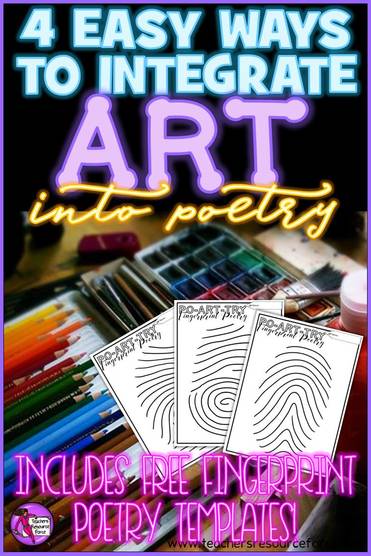

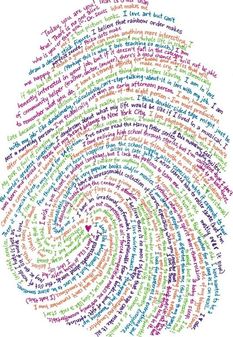




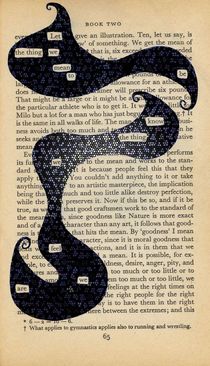

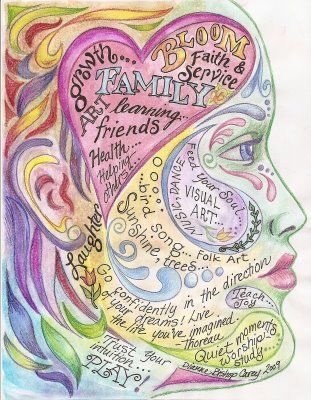



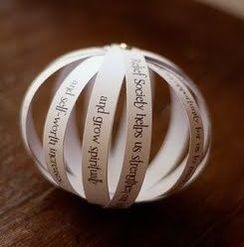



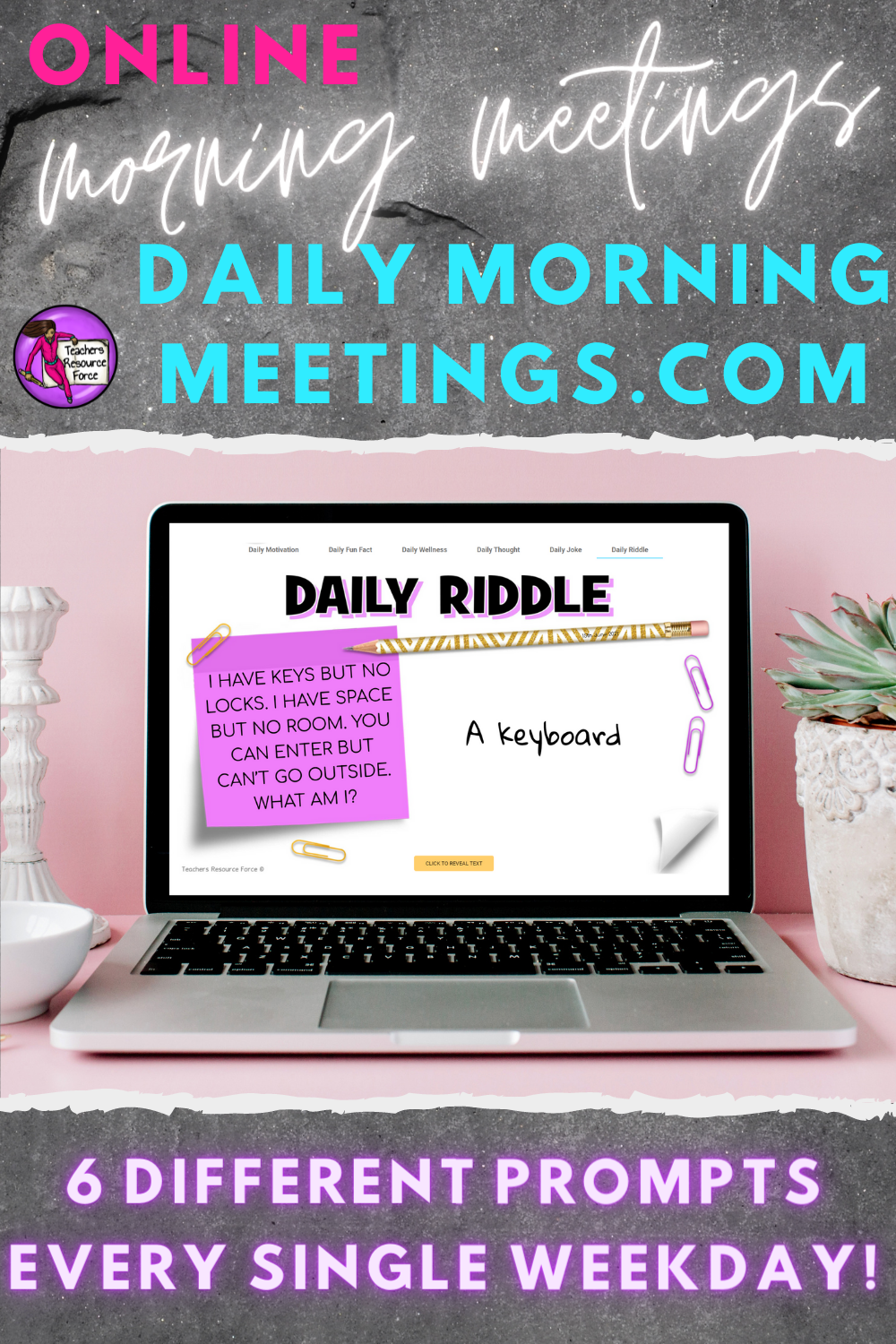

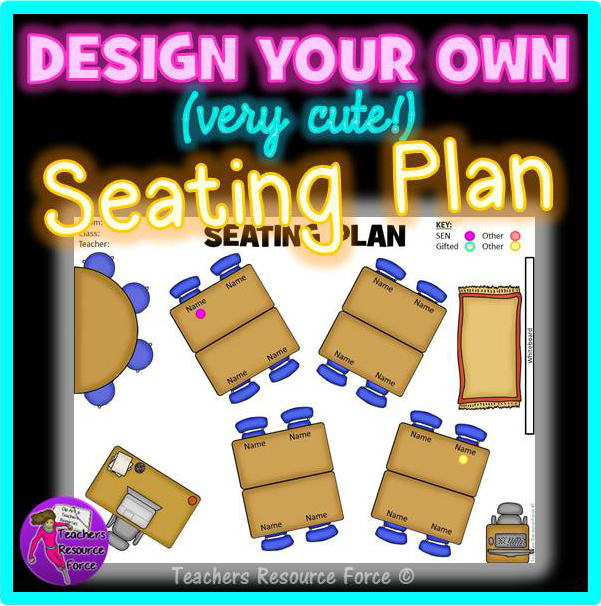

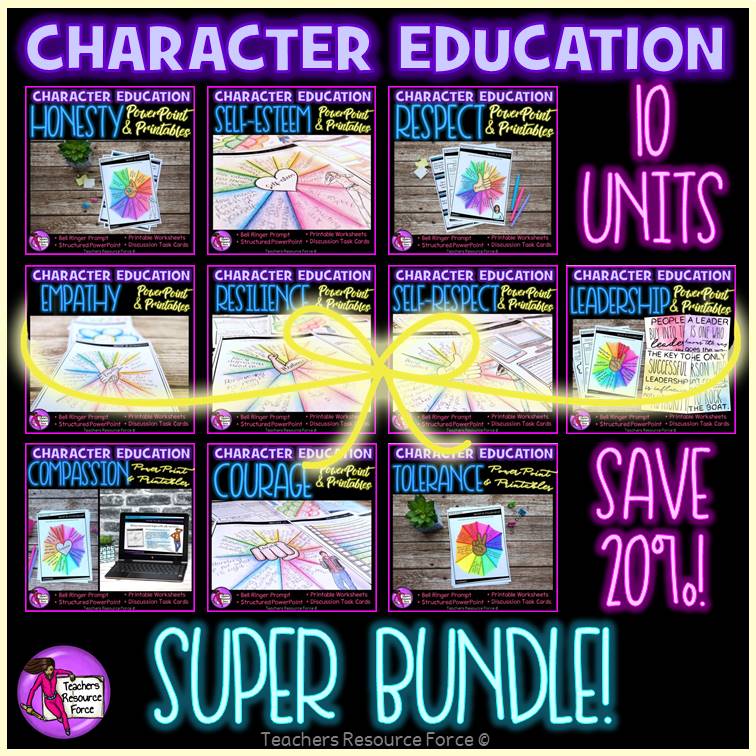

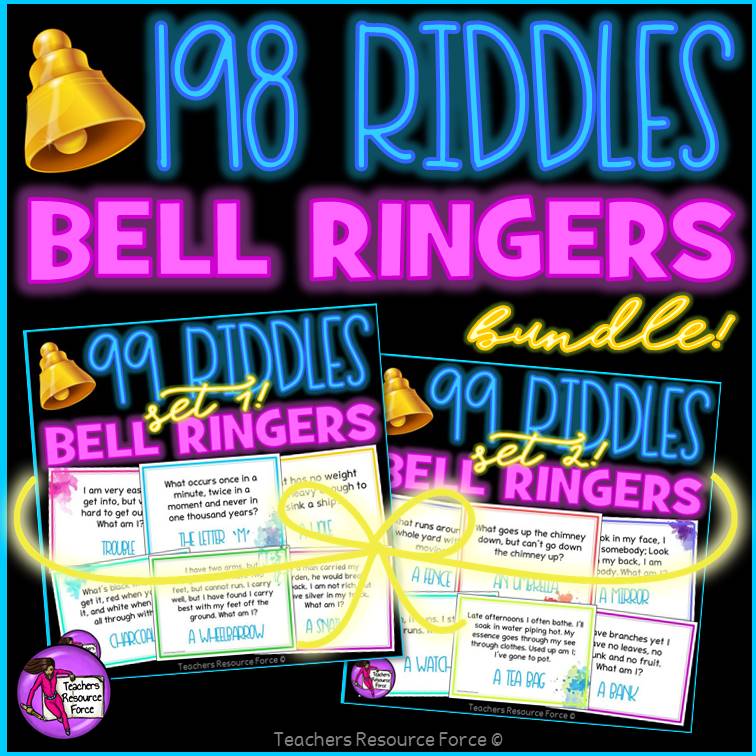




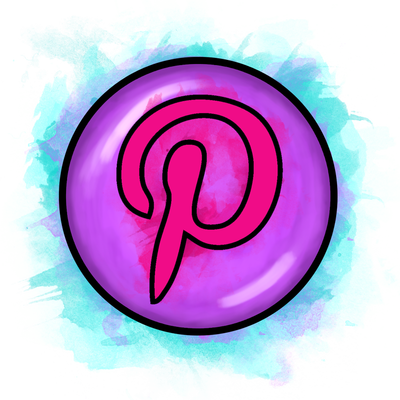




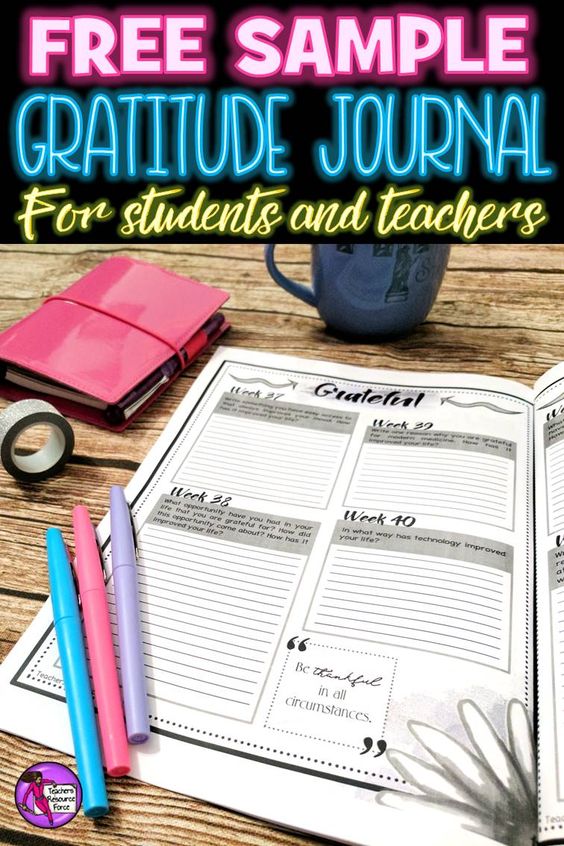






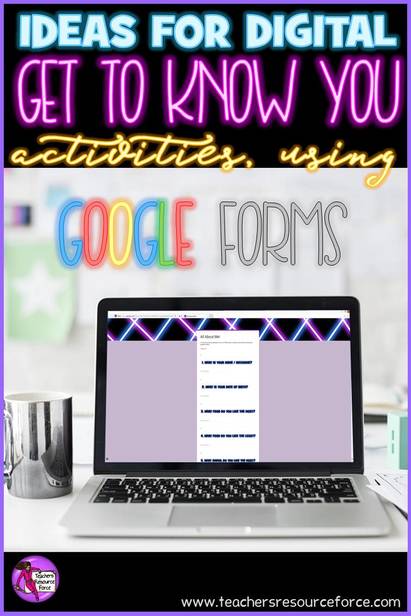
 RSS Feed
RSS Feed

